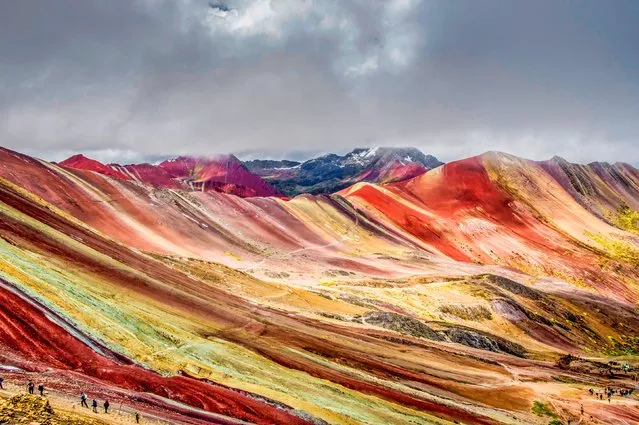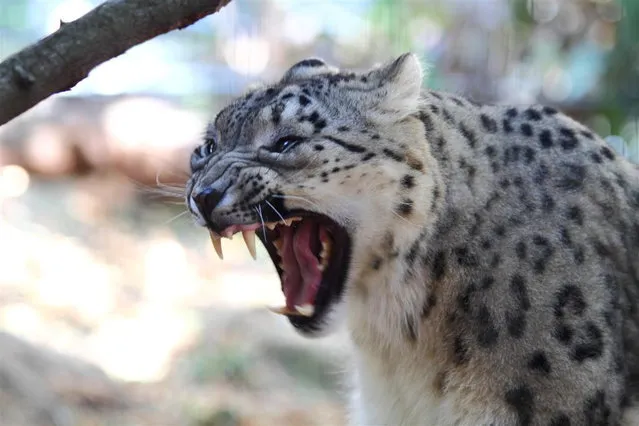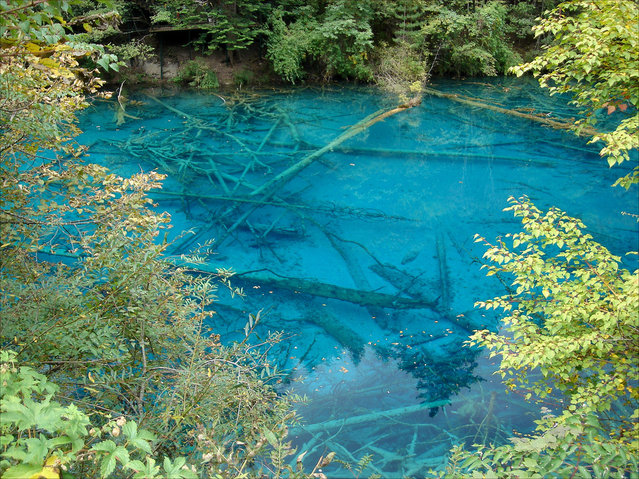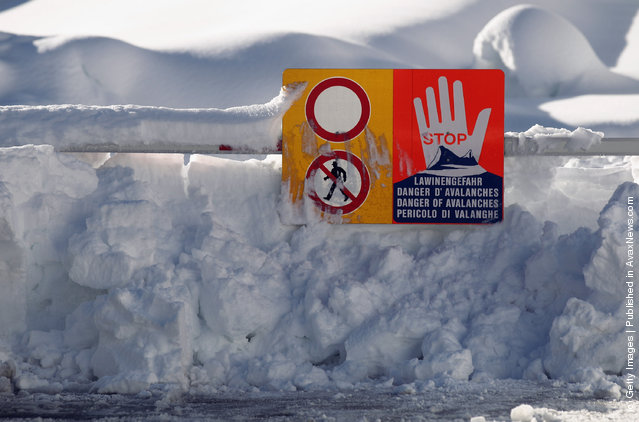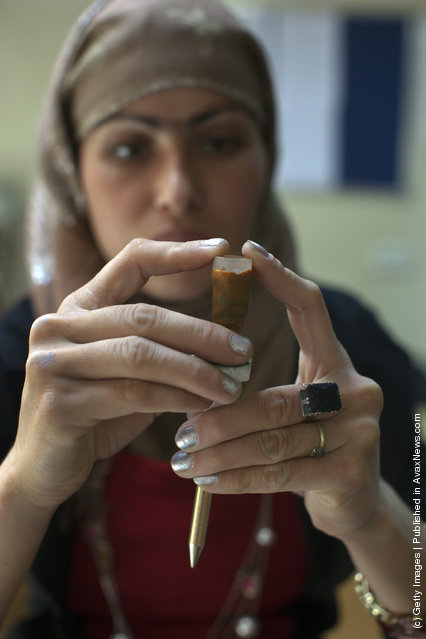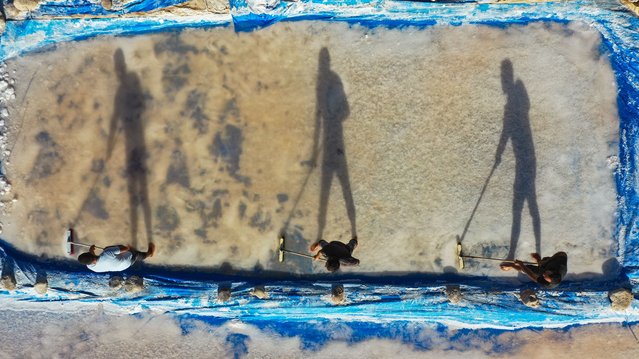
An aerial view of rock salt collection pool made of tarpaulin, where rock salt is obtained by collecting the natural spring water in the mountains and evaporating the water, in Kozluk District of Batman, Turkiye on August 22, 2022. The production of rock salt, passed down from generation to generation, became the sole source of income for 45 households in the village of Derince, with a population of about 400 of Batman. (Photo by Omer Yasin Ergin/Anadolu Agency via Getty Images)
18 Mar 2023 04:24:00,post received
0 comments

